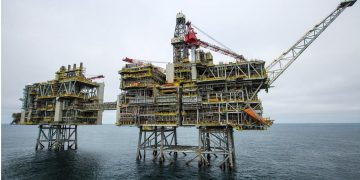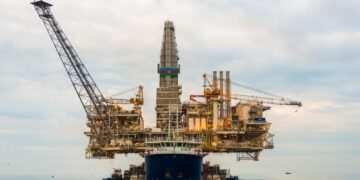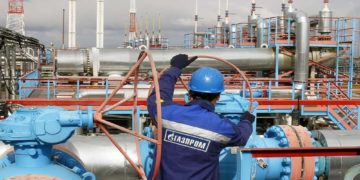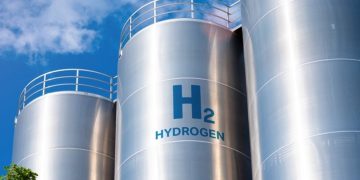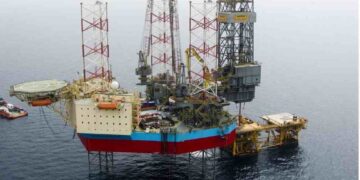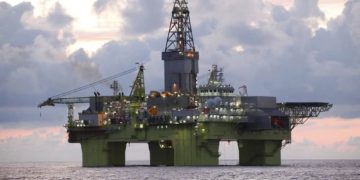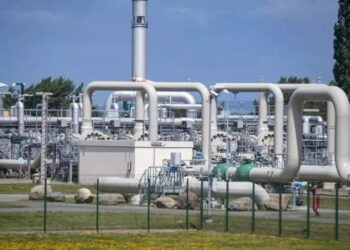Discovery, the subsea CT scanner developed by Tracerco has completed the first deep-water deployment on flowlines operated by Shell in the Gulf of Mexico.
The scanner is used to assess the integrity of subsea pipeline assets, and it scans the flowlines in a non-invasive way.
In the Gulf of Mexico, Discovery scanned ten flowlines including jumpers, steel catenary risers, and pipe in pipe flowlines, all of different diameters.
Post scanning, it generated more than 250 CT scan images over a pipeline length of 50,000ft, at depths of 4,200ft.
Pipelines will be scanned from the outside to obtain a clear picture of the pipe and flow condition, without any need for the removal of the protective coating, reducing the risk of flowline damage, or of the build-up of hydrates.
“We understand that for each day a pipeline is out of action, or not performing at its peak, there are significant financial implications: safety, speed and efficiency were key drivers in developing this cutting-edge technology.”
Based on such data, available in real-time, Shell could build a complete profile of its pipeline and could confirm the asset condition.
Prior to selecting Tracerco’s Discovery, Shell undertook a comprehensive technology review to choose an inspection solution to support safe operations.
The inspection campaign can be conducted even while production continues, as the scanner attaches to the outside of the flowline.
Tracerco Subsea Technologies division business development manager Jim Bramlett said: “Using Discovery we were able to quickly deliver data, drip feeding the scans through to Shell engineers then providing an in-depth analysis once we had all the information.
“We understand that for each day a pipeline is out of action, or not performing at its peak, there are significant financial implications: safety, speed and efficiency were key drivers in developing this cutting-edge technology.”



